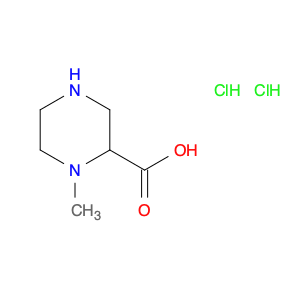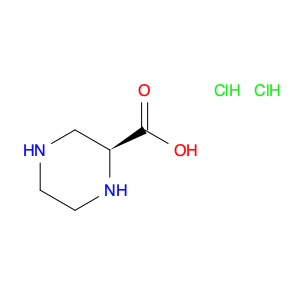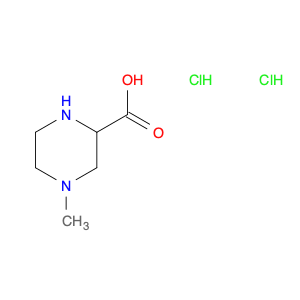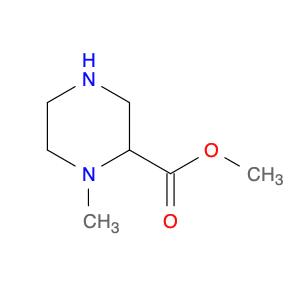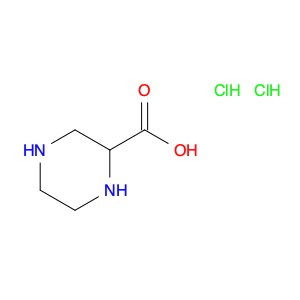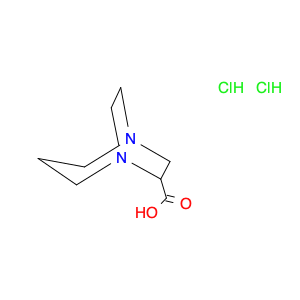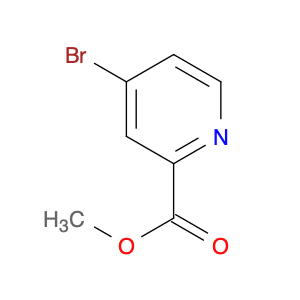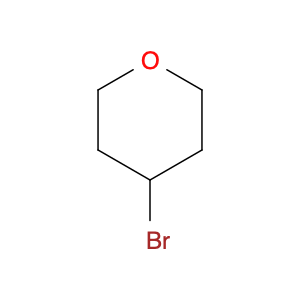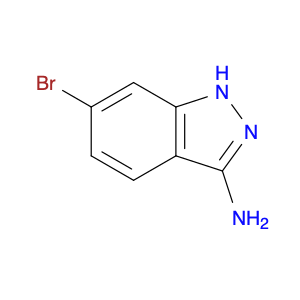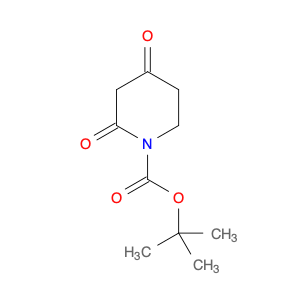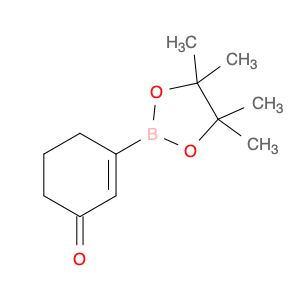Login |
Create New Account
 sales@aaronchem.com
sales@aaronchem.com
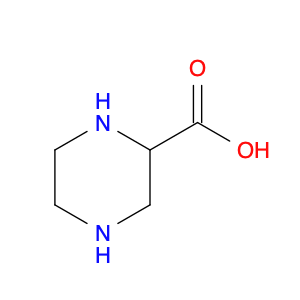
Piperazine-2-carboxylic acid
Catalog#: AR002UYG | CAS#: 2762-32-5 | MDL#: MFCD00132878 | MF: C5H10N2O2 | MW: 130.1451
| Packsize | Purity | Price | Availability | Quantity | ||
|---|---|---|---|---|---|---|
| 1g | $3.00 | Global Stock | Buy Now | Add To Cart | ||
| 5g | $3.00 | Global Stock | Buy Now | Add To Cart | ||
| 10g | $4.00 | Global Stock | Buy Now | Add To Cart | ||
| 25g | $9.00 | Global Stock | Buy Now | Add To Cart | ||
| 100g | $31.00 | Global Stock | Buy Now | Add To Cart |
- Description
- Application
- Related Products
- Featured Products
- Safety Information
| Catalog Number | AR002UYG |
| Chemical Name | Piperazine-2-carboxylic acid |
| CAS Number | 2762-32-5 |
| Molecular Formula | C5H10N2O2 |
| Molecular Weight | 130.1451 |
| MDL Number | MFCD00132878 |
| SMILES | OC(=O)C1CNCCN1 |
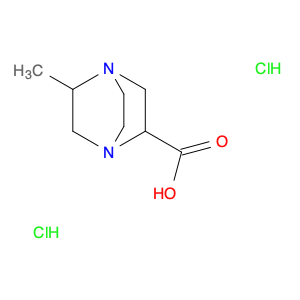
5-methyl-1,4-diazabicyclo[2.2.2]octane-2-carboxylic acid dihydrochloride
1432678-07-3
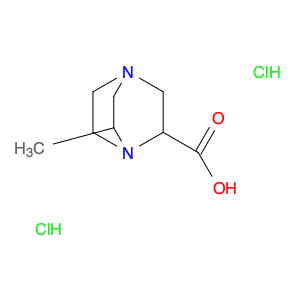
6-methyl-1,4-diazabicyclo[2.2.2]octane-2-carboxylic acid dihydrochloride
1423027-13-7
| GHS Pictogram |

|
| Signal Word | Warning |
| UN# | N/A |
| Hazard Statements | H302 |
| Precautionary Statements | P280-P305+P351+P338 |
| Class | N/A |
| Packing Group | N/A |




